When a cooker stops heating or the extractor fan stops humming, it can throw a wrench into your daily routine. The good news is many kitchen problems are simple enough to tackle yourself, and even the ones that need a pro are easy to spot. Below you’ll find the most common issues, step‑by‑step DIY fixes, and clear signs that you should call in an expert.
First, let’s look at the appliances that cause the most headaches. An electric oven that won’t heat is often down to a faulty heating element or a broken thermostat. Electric hobs suffer from burnt‑out burners, loose connections, or a tripped breaker. Extractor fans usually stop because the motor is clogged with grease or the fan blade is seized. Dishwashers can leak, won’t start, or leave dishes still dirty – typical culprits are a blocked spray arm, a bad pump, or a worn‑out door seal.
These problems share a pattern: a visual sign (no heat, no spin, strange noise) followed by a simple check you can do without opening the whole unit. Spotting the symptom early saves time and money.
1. Oven not heating – Unplug the oven, remove the back panel, and locate the heating element. Look for any breaks, bulges, or dark spots. If it looks damaged, replace it with the exact model number. Tighten any loose wiring and re‑assemble. Test the oven before you put the panel back.
2. Hob burner issues – Turn off the circuit at the breaker. Pull the burner out and inspect the coil or ceramic plate. If it’s cracked or burnt, swap it for a new one. Clean any residue with a soft brush, then snap the burner back in place.
3. Extractor fan not working – Switch off the fan, then remove the grill and clean off grease buildup. Spin the fan blade by hand; it should move freely. If it sticks, lubricate the bearing with a drop of oil. If the motor hums but doesn’t spin, the motor likely needs replacement.
4. Dishwasher won’t start – Check the door latch first – a mis‑aligned latch can prevent the cycle from beginning. Next, inspect the filter at the bottom; a clogged filter can stop water flow. Clean the filter, reset the dishwasher, and try a short cycle.
Always have the correct replacement parts on hand and double‑check the model numbers. A quick search on the manufacturer’s site will give you the exact fit and price.
If after these checks the appliance still misbehaves, it’s time to call a professional. For kitchen appliances, a qualified repair technician will have the tools to test electrical components safely and replace parts that require specialist knowledge, like sealed compressor units in fridges.
Keeping a basic toolkit – screwdrivers, pliers, a multimeter, and a flashlight – will make most minor repairs painless. Note the make and model of each appliance, write down the symptom, and tell the technician exactly what you’ve already tried. That speeds up the diagnosis and often reduces the call‑out cost.
Kitchen appliance repair doesn’t have to be a nightmare. By spotting common signs early, doing safe DIY checks, and knowing when to bring in a pro, you’ll keep your cooker, hob, fan, and dishwasher humming along without breaking the bank.
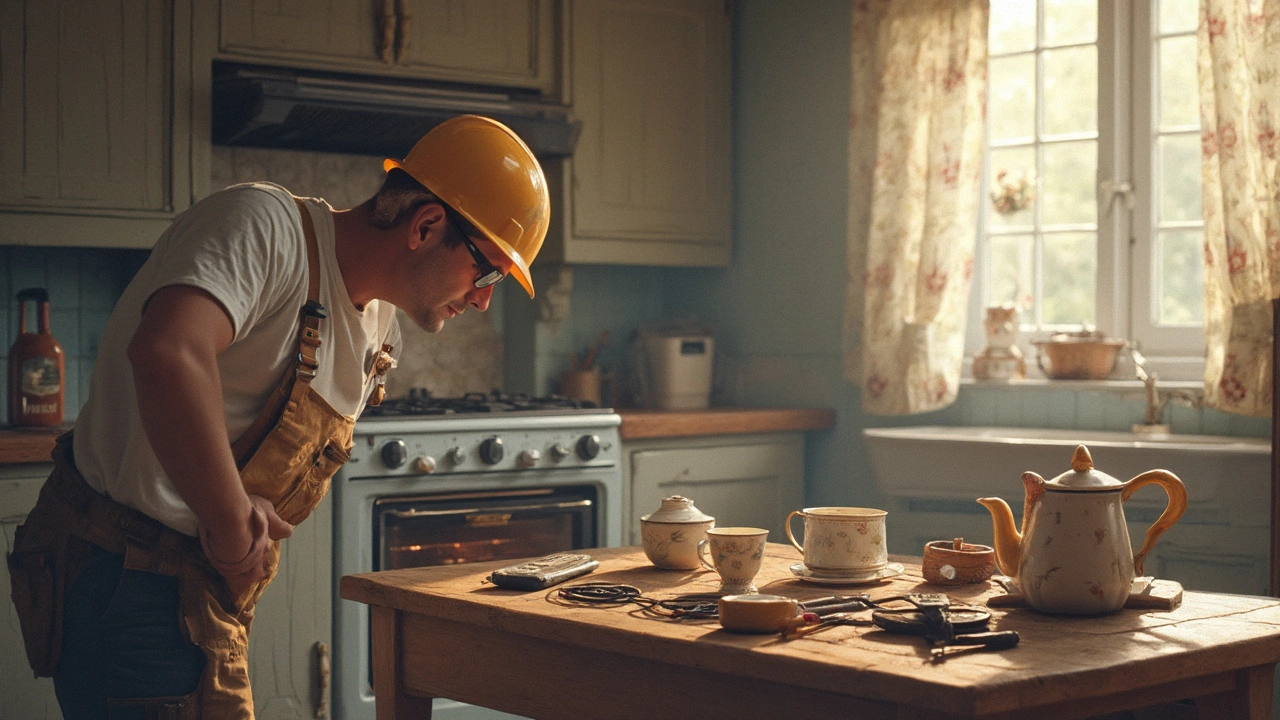
Repairing an electric oven on your own can be daunting, but it may be easier than it seems. This article explores the basics of oven function, safety tips, and common issues like heating problems or broken knobs. You'll find valuable advice on identifying problems and learning when it's best to call a professional. With a bit of knowledge, some troubleshooting, and a few tools, you might be able to save money on repair costs. Remember to prioritize safety above all while attempting repairs.
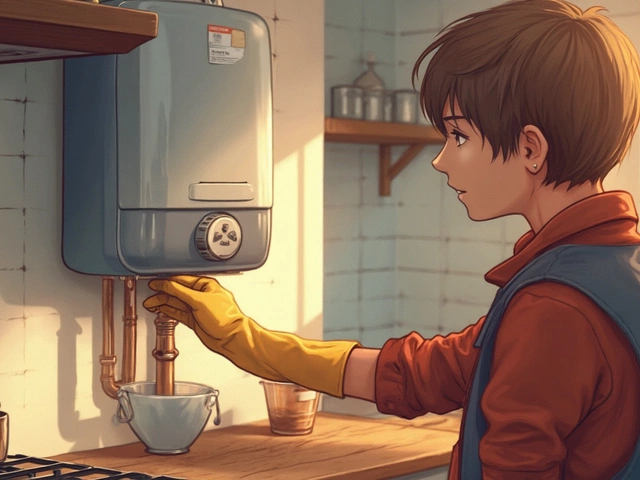
Resetting a water heater might seem simple, but it involves precaution. This article delves into when and why a reset might be necessary and explores the safety considerations involved. Learn about common signs that indicate a reset is due and the correct way to carry out this task. Discover the underlying causes of water heater issues to prevent future resets.
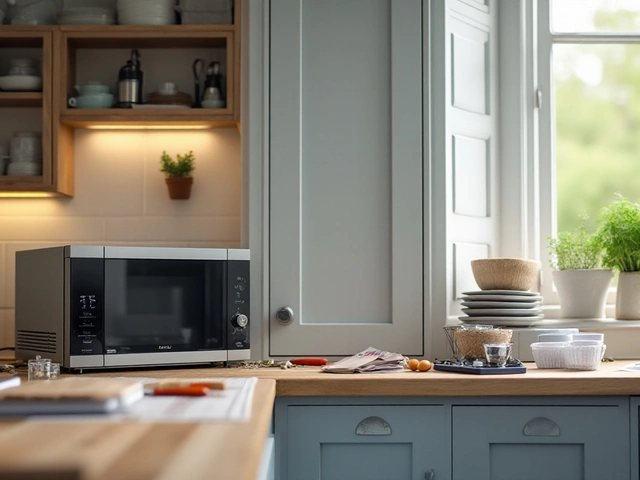
Microwaves are essential in modern kitchens, but when they break down, deciding whether to repair or replace them can be tricky. This article explores the factors that influence repair decisions, common microwave issues, and when it's more economical to buy a new one. It also offers tips on maintaining your microwave to prevent future problems. Understand the costs involved and make an informed choice on your kitchen appliances.
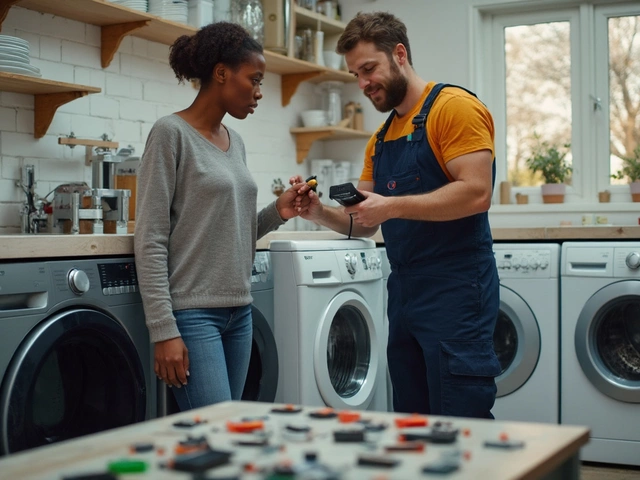
Curious which washing machine brand stands up best to repairs and everyday wear? This article digs into brand reliability, repair costs, and little-known tips every washing machine owner should know before buying or fixing one. You'll get the real scoop on which brands are easiest to fix, which have the cheapest parts, and what actually ends up causing most breakdowns. Whether you've had bad luck with machines before or just want a smooth laundry routine, this guide breaks it all down. No bias, just straight talk based on what actually happens when these things break.
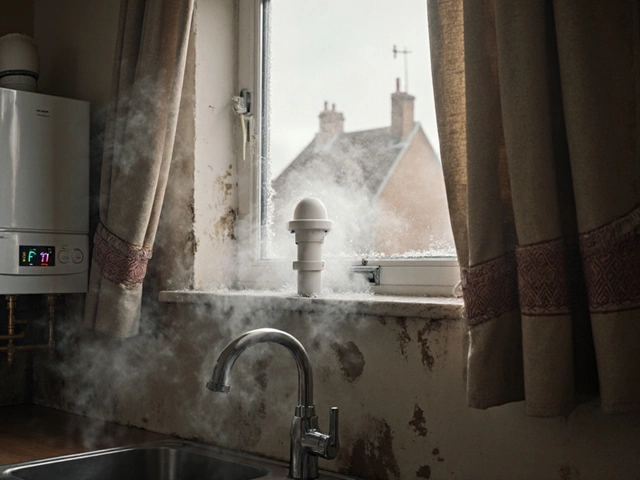
Your hot water stopped suddenly? This guide breaks down the top 7 causes - from low pressure to frozen pipes - and shows you how to fix them yourself before calling a plumber.
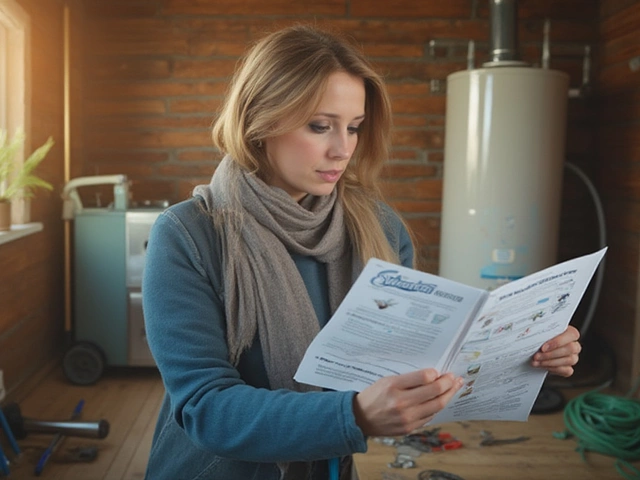
Wondering if you can flush your water heater yourself? Learn the step-by-step process, tools you'll need, and expert tips to extend your water heater's life.